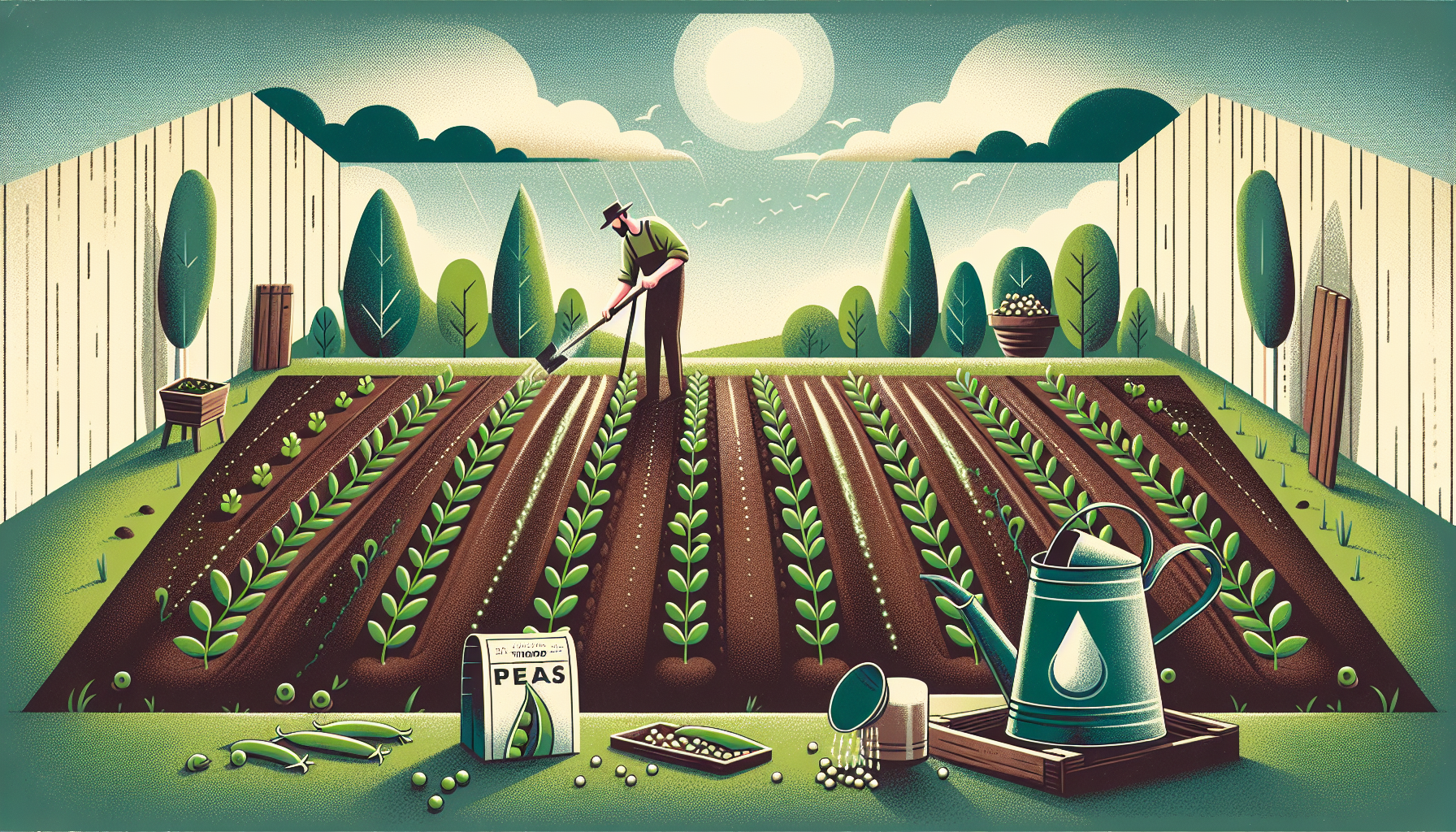
when to plant peas
When to Plant Peas: A Gardener's Guide to Timing it Right
Peas are a delightful addition to any garden, offering a sweet, fresh taste that’s hard to match. However, to ensure a successful harvest, timing is everything. Planting peas at the right time can make the difference between a thriving crop and one that struggles. In this guide, we’ll explore the best time to plant peas, how to prepare your garden, and some handy tips for success.
Understanding the Growing Season for Peas
Peas thrive in cool weather, making them one of the first crops you can plant in the spring. They prefer temperatures between 45°F and 75°F (7°C to 24°C), and they don’t handle the heat of summer well. This is why timing is crucial—plant too early, and the seeds may not germinate; plant too late, and the plants may struggle in the heat.
Spring Planting
The ideal time to plant peas is as soon as the soil can be worked in the spring. In most regions, this is about 4 to 6 weeks before the last expected frost date. To check your local frost dates, use a reliable frost date calculator. For instance, if your last frost date is mid-April, aim to plant peas in early to mid-March.
Fall Planting
In regions with mild winters, peas can also be planted in late summer or early fall for a second harvest. Plant about 8 to 10 weeks before the first expected frost date. This gives the plants time to mature before the cold weather sets in.
Preparing Your Garden for Peas
Before planting, make sure your soil is ready for these cool-weather crops:
- Soil Temperature: Peas germinate best when soil temperatures are between 40°F and 85°F (4°C to 29°C). Use a soil thermometer to check.
- Well-Draining Soil: Peas don’t like soggy conditions. Ensure your soil drains well to prevent root rot.
- Fertility: Peas are light feeders, but they benefit from soil rich in organic matter. Add compost or well-rotted manure before planting.
Planting Tips for a Successful Pea Crop
Here are some additional tips to help you grow peas successfully:
- Soak Seeds: Soaking pea seeds overnight before planting can help speed up germination.
- Spacing: Plant seeds 1 inch deep and about 2 inches apart. If you're growing climbing varieties, provide a trellis or support system.
- Watering: Keep the soil consistently moist but not waterlogged. Peas need about 1 inch of water per week.
- Succession Planting: To extend your harvest, plant a new batch of peas every two weeks during the planting window.
Conclusion
Knowing when to plant peas can set you up for a delicious and rewarding harvest. By paying attention to your local climate, soil conditions, and frost dates, you can enjoy the sweet, fresh taste of homegrown peas straight from your garden. Whether you’re a seasoned gardener or just starting out, peas are a fantastic crop to grow.
Looking for more gardening tips? Check out our gardening blog for expert advice on planting, soil care, and pest management.